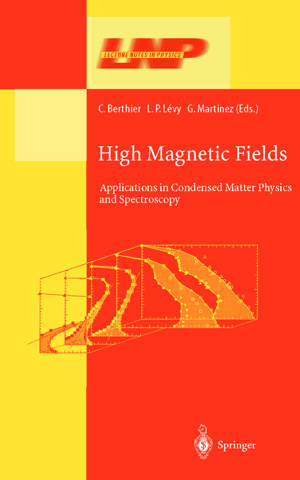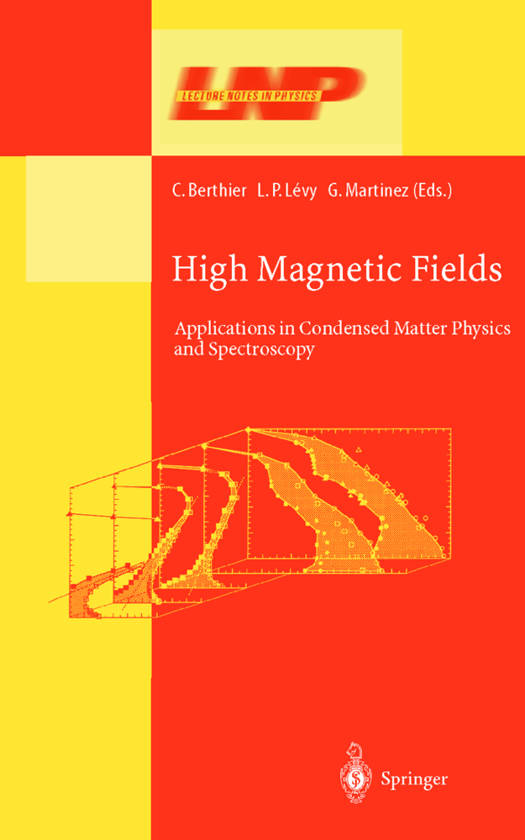
Bedankt voor het vertrouwen het afgelopen jaar! Om jou te bedanken bieden we GRATIS verzending (in België) aan op alles gedurende de hele maand januari.
- Afhalen na 1 uur in een winkel met voorraad
- In januari gratis thuislevering in België
- Ruim aanbod met 7 miljoen producten
Bedankt voor het vertrouwen het afgelopen jaar! Om jou te bedanken bieden we GRATIS verzending (in België) aan op alles gedurende de hele maand januari.
- Afhalen na 1 uur in een winkel met voorraad
- In januari gratis thuislevering in België
- Ruim aanbod met 7 miljoen producten
Zoeken
High Magnetic Fields
Applications in Condensed Matter Physics and Spectroscopy
€ 167,95
+ 335 punten
Omschrijving
This book is addressed to all scientists interested in the use of high magnetic ?elds and in the use of high-?eld facilities around the world. In particular it will help young scientists and newcomers to the topic to gain a better understanding in areas such as condensed matter physics, in which the magnetic ?eld plays a key role either as a parameter controlling the Hamiltonian, or as an experimental tool to probe the underlying mechanism. This concerns mostly strongly correlated and (or) low dimensional systems. Rather than covering all these subjects in detail, the philosophy here is to give essential physical concepts in some of the most active ?elds, which have been quickly growing in the last ten to twenty years. Besides its role as a physical parameter in condensed matter physics, a large magnetic ?eld is essential to Electron Paramagentic Resonance (EPR) and Nuclear Magnetic Resonance (NMR) spectroscopies. The state of art of high resolution NMRin liquids and solids and high frequency EPRapplied to ?elds like chemistry and biology are also reviewed in this volume. The ?rst series of chapters is devoted to the integer and the Fractional Qu- tum Hall E?ects (FQHE) in two-dimensional electron systems. C. Glattli brushes an historical background and a comprehensive review of transport phenomena in these systems, including recent developments on the mesoscopic electronic transport at the edges of quantum Hall samples, chiral Luttinger liquids and fractional excitations. R.
Specificaties
Betrokkenen
- Uitgeverij:
Inhoud
- Aantal bladzijden:
- 493
- Taal:
- Engels
- Reeks:
- Reeksnummer:
- nr. 595
Eigenschappen
- Productcode (EAN):
- 9783540439790
- Verschijningsdatum:
- 11/09/2002
- Uitvoering:
- Hardcover
- Formaat:
- Genaaid
- Afmetingen:
- 156 mm x 234 mm
- Gewicht:
- 884 g

Alleen bij Standaard Boekhandel
+ 335 punten op je klantenkaart van Standaard Boekhandel
Beoordelingen
We publiceren alleen reviews die voldoen aan de voorwaarden voor reviews. Bekijk onze voorwaarden voor reviews.








